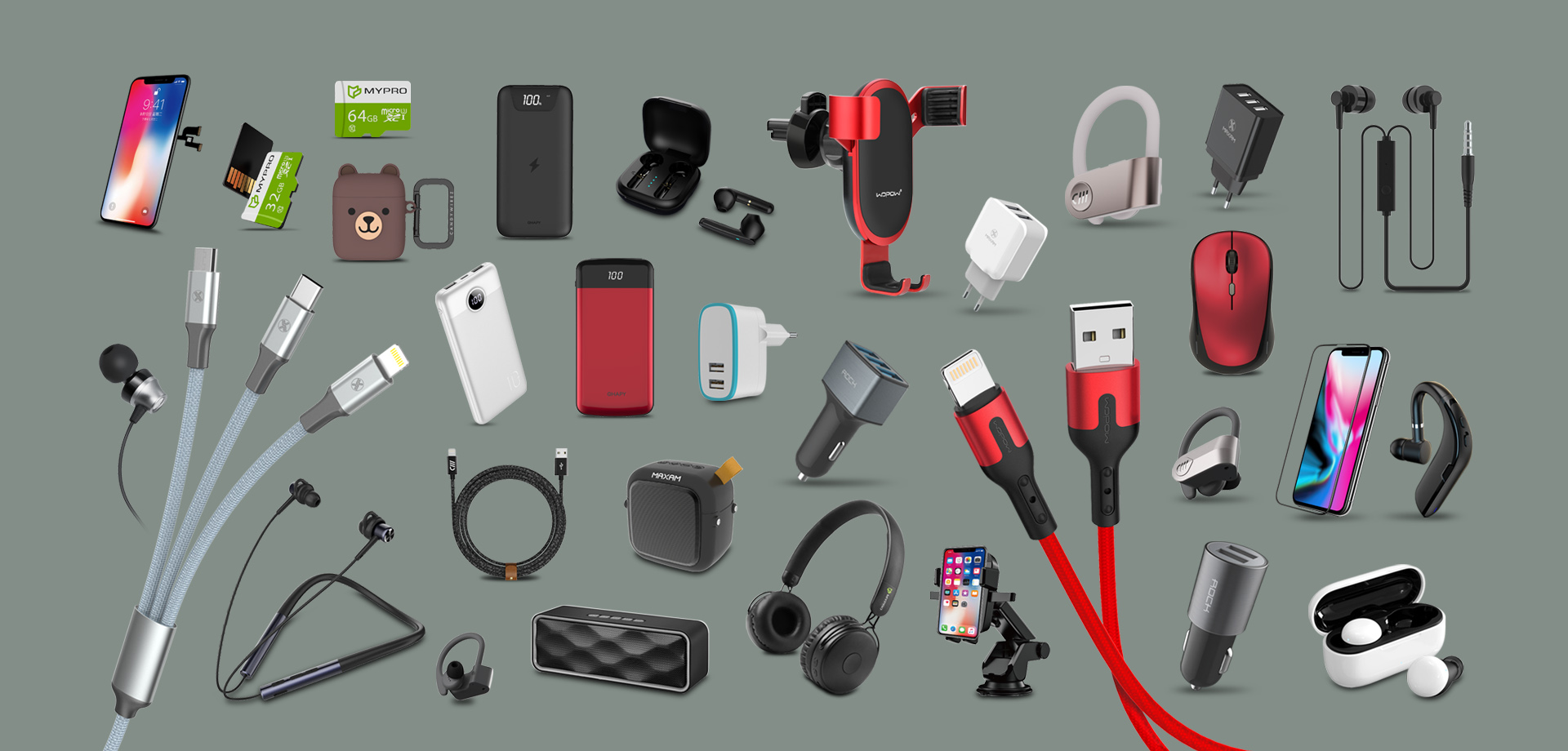China continues to dominate the global consumer electronics export market, thanks to its robust manufacturing ecosystem, advanced technology adoption, and competitive pricing. As the global electronics industry evolves, China remains at the forefront of driving innovation and meeting the growing demand for cutting-edge products. In this blog, we will explore the key trends shaping consumer electronics exports from China, providing insights for international buyers looking to source the latest products.
1. Sustainability and Green Electronics
With increased awareness of environmental issues, consumers and businesses worldwide are prioritizing eco-friendly products. This trend has led to a surge in demand for sustainable electronics, and Chinese manufacturers are responding by adopting greener production practices and offering environmentally friendly products.
For example, many factories are now producing gadgets made from recyclable materials or using energy-efficient components. Solar-powered chargers, biodegradable phone cases, and energy-saving LED devices are becoming increasingly popular export items. Factories that comply with international environmental certifications, such as ISO 14001, are particularly attractive to buyers focused on sustainability.
2. The Rise of IoT and Smart Devices
The Internet of Things (IoT) has revolutionized the electronics industry, with smart devices becoming a staple in homes, offices, and industries. Chinese manufacturers are leading the charge in producing IoT-enabled gadgets, ranging from smart home appliances to wearable health monitors.
Popular products include:
- Smart speakers with AI voice assistants.
- Home automation systems, such as smart thermostats and lighting controls.
- Wearable fitness trackers and health monitoring devices.
- IoT-enabled security cameras and doorbells.
For buyers, sourcing IoT products from China offers access to cutting-edge technology at competitive prices. Many manufacturers also offer customization options, allowing businesses to tailor products to their specific market needs.
3. 5G Technology Integration
The rollout of 5G networks worldwide has spurred demand for 5G-compatible electronics. Chinese factories have quickly adapted to this trend, producing a wide range of 5G-enabled products such as smartphones, routers, and IoT devices.
In addition to mobile devices, other 5G applications, such as augmented reality (AR) and virtual reality (VR) equipment, are also gaining traction. These technologies rely on high-speed connectivity, and Chinese manufacturers are capitalizing on this demand by developing advanced hardware to support 5G infrastructure.
4. Customization and Personalization
As global markets become more diverse, buyers are seeking customized products to meet the unique preferences of their customers. Chinese manufacturers have invested in flexible production lines and advanced design capabilities to offer OEM (Original Equipment Manufacturer) and ODM (Original Design Manufacturer) services.
For example, a buyer might request a custom color or logo for Bluetooth headphones to align with their branding. Similarly, businesses targeting niche markets, such as gaming enthusiasts or outdoor adventurers, can source electronics tailored to specific use cases.
5. Focus on Compact and Portable Devices
Portability remains a major trend in the consumer electronics sector. Products like portable power banks, foldable laptops, compact projectors, and wireless earbuds are in high demand due to their convenience and functionality.
Chinese manufacturers are responding by developing lightweight, durable, and multifunctional devices. Buyers can find a variety of innovative products that cater to consumers’ on-the-go lifestyles, making this a lucrative category for export.
6. Advancements in Battery Technology
Battery performance is a critical factor in consumer electronics, and Chinese manufacturers are pushing the boundaries of innovation in this area. Products with longer battery life, faster charging times, and enhanced safety features are becoming standard.
Lithium-ion and solid-state battery technologies are at the forefront of this trend. For example, many Chinese factories are now producing devices with fast-charging capabilities, such as USB-C-powered gadgets that can charge in under an hour.
7. E-Commerce-Driven Product Design
The rise of e-commerce has transformed the way electronics are packaged, marketed, and sold. Chinese manufacturers are designing products with online retail platforms in mind, focusing on compact packaging, visually appealing designs, and easy-to-ship items.
For example, products like lightweight smartwatches, slim portable chargers, and foldable keyboards are not only practical but also highly marketable on platforms like Amazon, eBay, and Shopify.
8. Enhanced Quality Standards
In the past, Chinese electronics were often associated with affordability rather than quality. However, this perception has changed dramatically in recent years. Manufacturers are now prioritizing quality to compete with global brands.
Many factories have adopted stringent quality control systems, earning certifications like ISO 9001, CE, and FCC. Buyers can now source high-quality products from China that meet the demands of even the most discerning customers.
9. The Role of Artificial Intelligence (AI)
AI-powered products are gaining significant traction, particularly in categories such as home automation, healthcare, and entertainment. Chinese manufacturers are leading the development of AI-enabled devices, such as:
- AI-driven robotic vacuums.
- Smart mirrors with health analysis capabilities.
- AI-powered translation devices.
- Personalized entertainment systems, such as smart TVs with AI recommendations.
These products not only enhance user convenience but also offer businesses an opportunity to cater to tech-savvy consumers.
10. Increasing Export Support from the Chinese Government
The Chinese government continues to support the electronics export industry by providing tax incentives, streamlining customs processes, and investing in infrastructure improvements. Initiatives like the Belt and Road Initiative (BRI) have also expanded trade routes, making it easier for buyers to source and ship products from China.
Additionally, programs like the Canton Fair and online platforms such as Alibaba and Global Sources offer buyers access to verified suppliers and market insights, further boosting exports.
11. Trends in Export Destinations
China’s electronics exports are shifting to meet demand in both established and emerging markets. While Western countries like the USA, Germany, and the UK remain significant buyers, regions such as Southeast Asia, Africa, and South America are becoming increasingly important.
These markets often seek affordable and durable electronics, such as basic smartphones, feature phones, and solar-powered devices, providing opportunities for buyers to explore untapped regions.
12. Sustainability of China as a Manufacturing Hub
Despite competition from emerging manufacturing hubs like Vietnam and India, China remains a leader in electronics exports due to its:
- Highly developed supply chains.
- Skilled labor force.
- Advanced manufacturing technology.
Buyers can expect China to maintain its position as a global electronics powerhouse in the foreseeable future, offering both innovation and scalability.
13. Preparing for the Future
To take full advantage of these trends, buyers should:
- Stay informed about new product categories and market demands.
- Build long-term relationships with reliable suppliers.
- Consider leveraging procurement agents for a seamless sourcing experience.
By aligning their strategies with these trends, international buyers can ensure success in sourcing consumer electronics from China while staying ahead of the competition.






